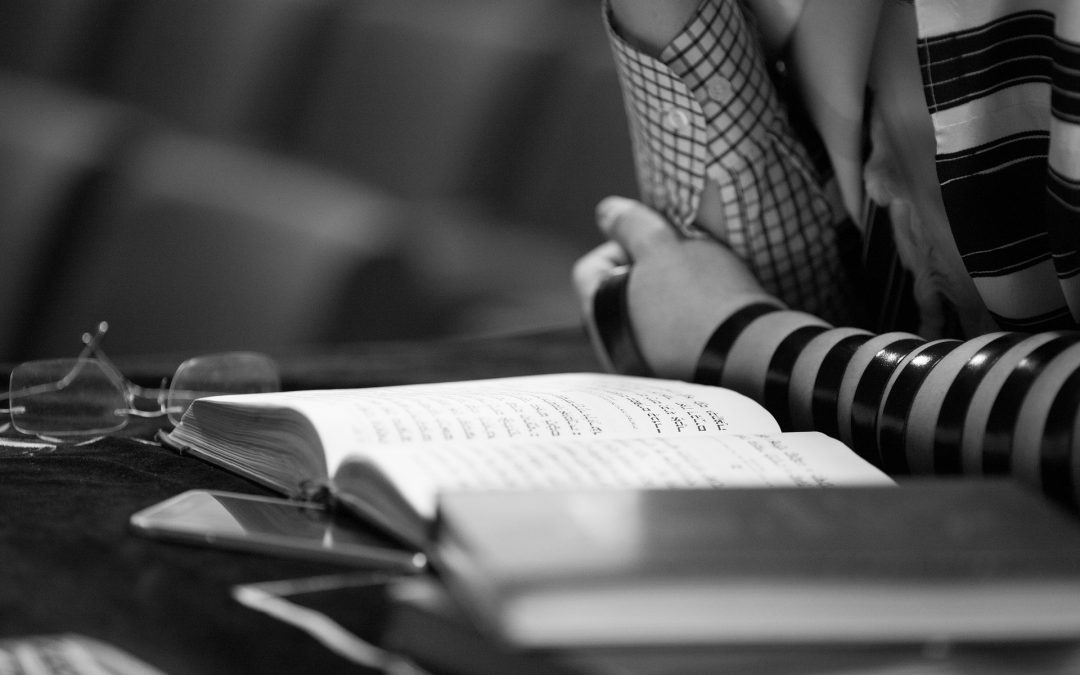New York City is home to more Jewish people than any other city in the world, outside of Israel’s cities, of course. Along with that many people of Jewish faith and tradition, whether they are practicing or not, come hundreds of synagogues.
In fact, synagogues are such an inherent part of the city that there are even Yelp reviews (65 pages worth!) rating them.
One of the earliest known mentions of a synagogue in New York is on a map of the city, called the “Miller Plan,” that’s dated 1695. The 19th century brought waves of Jewish immigrants, seeking religious freedom and often escaping persecution, to the city. According to an article on The Center For Jewish History website, there were not enough synagogues to accommodate the demand for services on holy days.
“And the demand for synagogue services on Rosh Hashanah and Yom Kippur was so strong among those who were not regular synagogue members that entrepreneurs hired cantors, sold tickets and rented out halls, movie theaters, stores and churches throughout the city. Even Tammany Hall, the seat of the Democratic political machine, became a synagogue for three days in 1908.”
But synagogues are much more than places to worship. From the very early days, building a synagogue meant there was a place for the community to gather and share, educate children in the tradition of the faith, and even host events. That tradition continues today, and it’s one reason the Charatan/Holm Family Foundation supports several synagogues in New York, both in the city and out.
For instance, Park East Synagogue hosts multiple community, educational and aid programs, many of which are the congregations’ expression of tikkun olam (repairing the world). In January of 2017, UN Secretary General Antonio Guterres addressed Park East Synagogue’s Annual UN International Holocaust Commemoration Service. There’s an ongoing series of Friday evening dinners and lectures that address a wide range of topics.
The building itself is an architectural landmark on the Upper East Side. Built 128 years ago, its architectural style, according to the synagogue website, is Byzantine, “with dome-like cupolas set at various levels, each surmounted by a slender shaft supporting a Star of David. The facade of the building rises from an elaborately designed arched portico.”
Of particular note are the stained glass windows. “From within the sanctuary one appreciates two extraordinary circular stained-glass windows, one above the ark in pink, blue, and silver, called “the Moon” and the other, “the Sun”, in the rear wall, facing the street.”
Just as historically significant is The Chelsea Shul, located in the West Village. The building itself was constructed in the 1850s and was originally a Presbyterian church. Congregation Emunath Israel began in 1865, and they took over the building in the 1920, installing stained glass windows. The culture of the synagogue was, at the time, vastly different than that of Park East. The synagogue serviced, primarily, Jewish people who worked in the garment industry.
Today it’s known not just for services and outreach, such as hospital visits, but also is home to The Rohr Center for JGrads. According to the website, “JGrads NYC offers Jewish graduate students and alumni the opportunity to explore their Jewish heritage in a warm, welcoming, and non-judgmental environment. We are committed to including every Jew, and to creating a social environment and sense of community for graduate students through which they can grow spiritually, personally and professionally.”
On the other side of the historic spectrum, at least in terms of longevity, is The Hampton Synagogue. This lovely, open space was founded in 1990 and is created with wood and glass rather than the stone of Manhattan’s historic buildings.
Again, the synagogue is more than a place of worship. The music alone distinguishes the venue. The summer events, which include author discussions and film screenings, have made The Hampton Synagogue a “destination.”
Synagogues may not seem as culturally and historically significant to New York as, say, bagels. But, when viewed as places of tradition and history, where people can gather and share and enjoy events and conversation, their impact clearly resonates beyond the walls of the structures and into the very communities they service.
